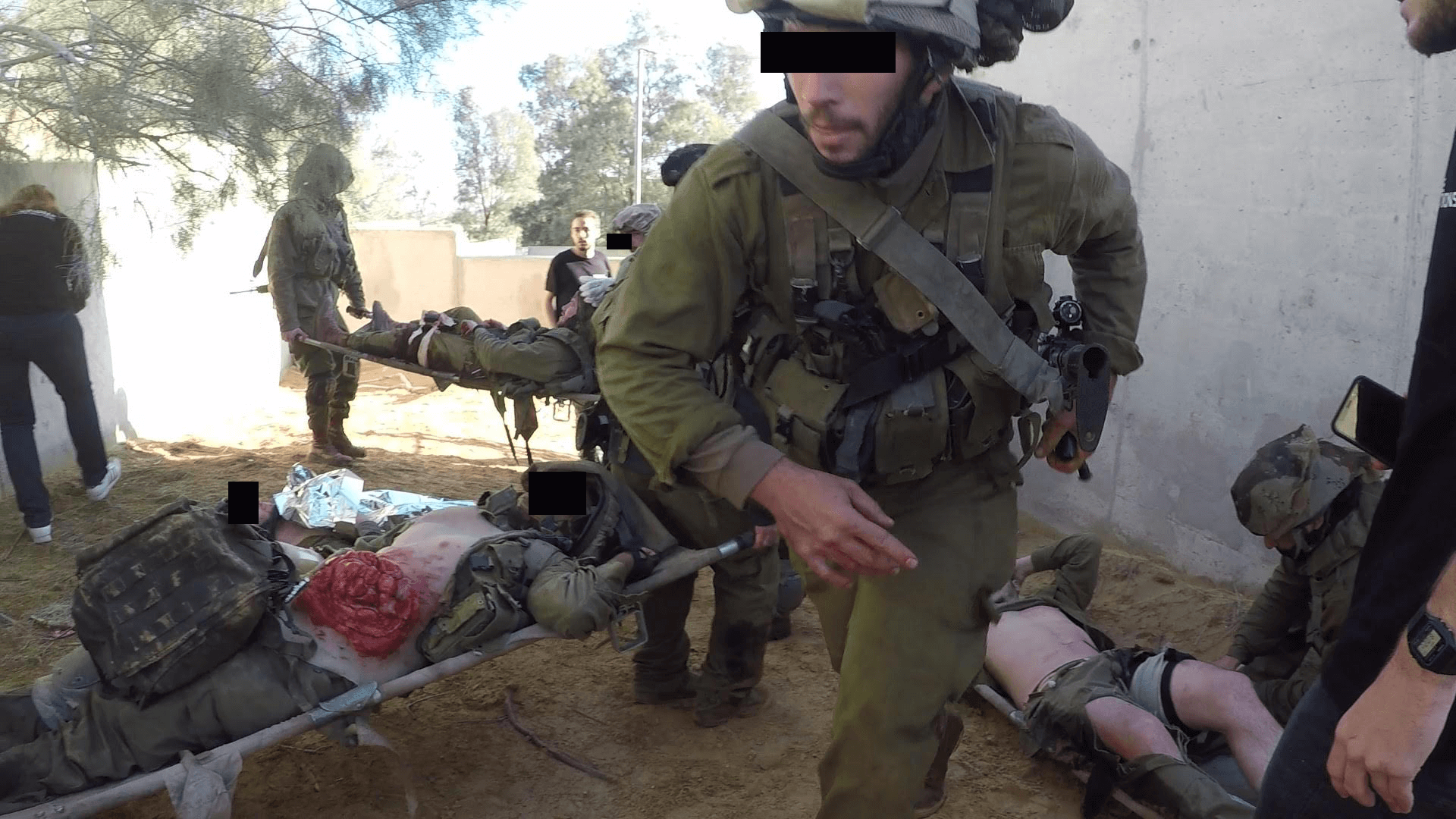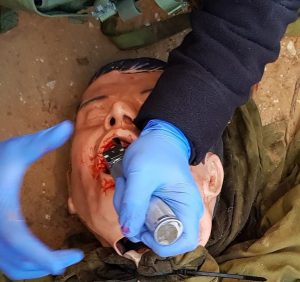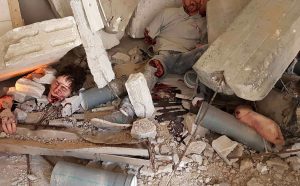Fast and Furious is a training methodology developed by Extreme Simulations and is based on several principles:
- 100% practical experience
- A minimum waste of time
- Not classroom-based
- Focus on enhancement of the trainee
- Consideration of the trainee’s goals
- A good atmosphere
- Logistical simplicity
Read more about training for an extreme event here.
Is the following situation familiar?
You arrive at a training session. The instructor gets organized, then enters theoretical lessons in the field that you are about to practice.
The lessons are generic and you’ve probably heard them before.
After the lessons are done, you are supposed to practice what you were told about during class.
But it is not always clear which situation is being put into practice, and how all the parts connect.
How does the Fast and Furious training work?
From the very beginning, the training puts the trainees at work – no theory, no classes – just practice. The first practical exercise includes all the elements that are relevant to the event you are training for, including those elements you are not yet aware of or have not learned about.
The aim of this exercise is to set the tone of the training. At the same time, it shows you how the entire event looks and feels. What is more, it explains the rationale for the details.

Chose what do you want the training to focus on and describe the experience of the event. This may require improvisation and it may be difficult.
After the exercise, you enter the Extreme Simulations digital system. Here, you are invited to write down the major lessons that you would like to practice.
Then, your dedicated trainer will present the main lessons and send them to you. The Extreme Simulations system will analyze all the areas you and your colleagues are interested in covering and it will recommend a guide for your next training structure.
All this takes maximum 15 minutes!
Once your preferences have been taken into account and a new practical exercise has been designed, it is time for the second practical exercise.

The next exercise will treat the topics that you and your team chose. It will always be experiential, practical, fast, and short and it will be followed by a review session.
The new review will be done in the same way and new topics of interest will be added every time by all team members.
The idea of this practice is that the trainees are offered a short and dense exercise from which they gain a great deal of experience.
You may also like: The Characteristics of an Extreme Incident
The written summaries stay with them and they can look back at them without needing to take notes. Trainees are often alert and engaged in both practical exercise and theoretical training. They are never passive because they always feel that they’re learning something new and acquiring new skills.

During an Extreme Simulations Fast and Furious training you have a direct impact on your training. You always study the things you are interested in or the topics you want to improve on. You work together with your colleagues as a team, and the entire team’s feedback is taken into account for your next training exercise.
Another important training is for managing a casualty identification event.
Fast and Furious Training: Access It Now
If you choose to do your training with the Fast and Furious program, be aware that you are giving up the traditional, structured learning style.
BUT you are gaining so much more: an engaged team, dynamic exercises, hands-on training, and immediate feedback. You receive the training you are interested in, you know exactly where you need to improve, and you can ask for a 100% customized training session.
Request a Fast and Furious training experience for you and your colleagues now.
GET IN TOUCH
Contact Extreme Simulations now to book a complete training session





